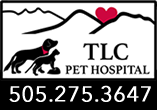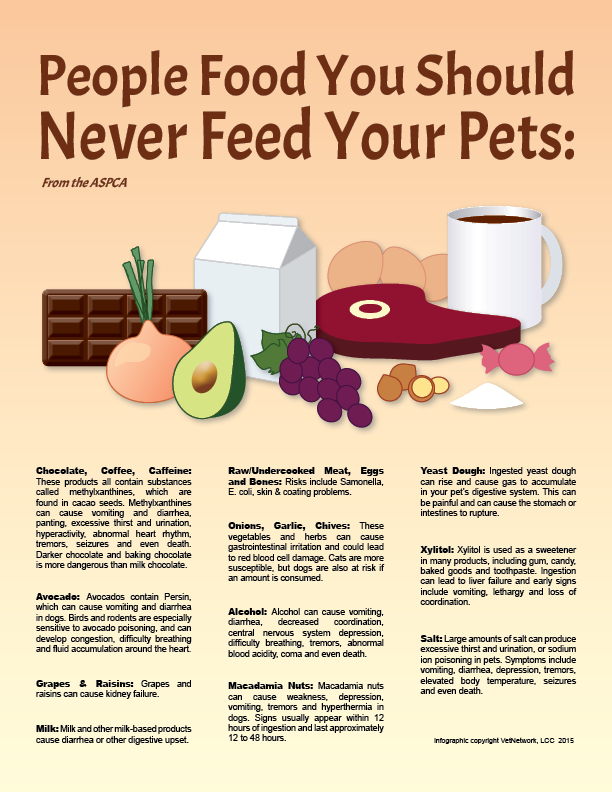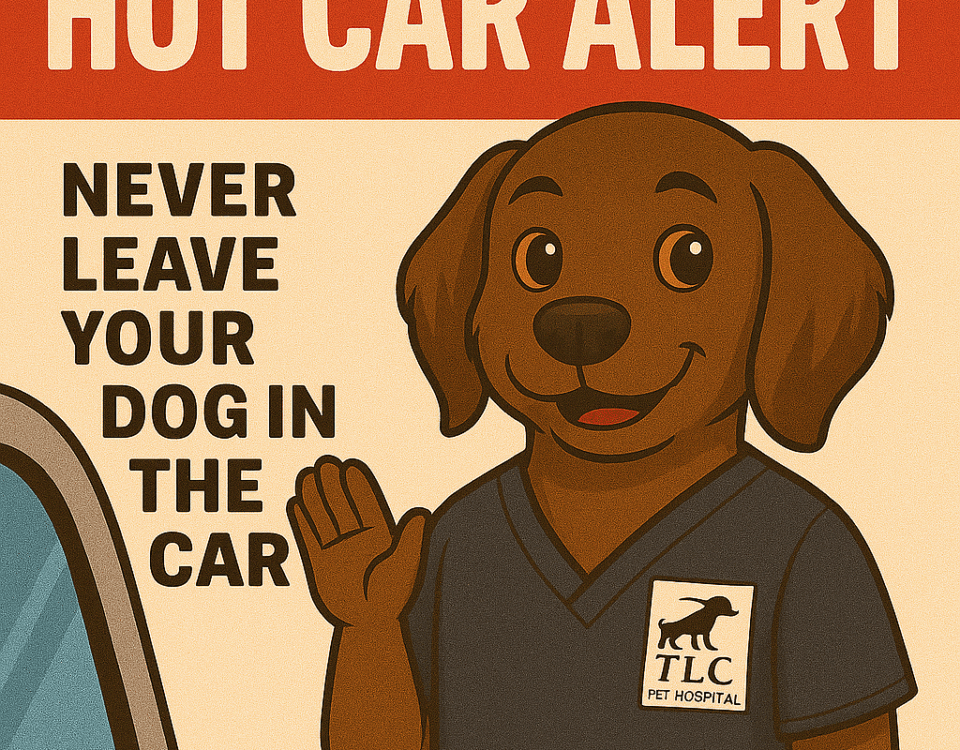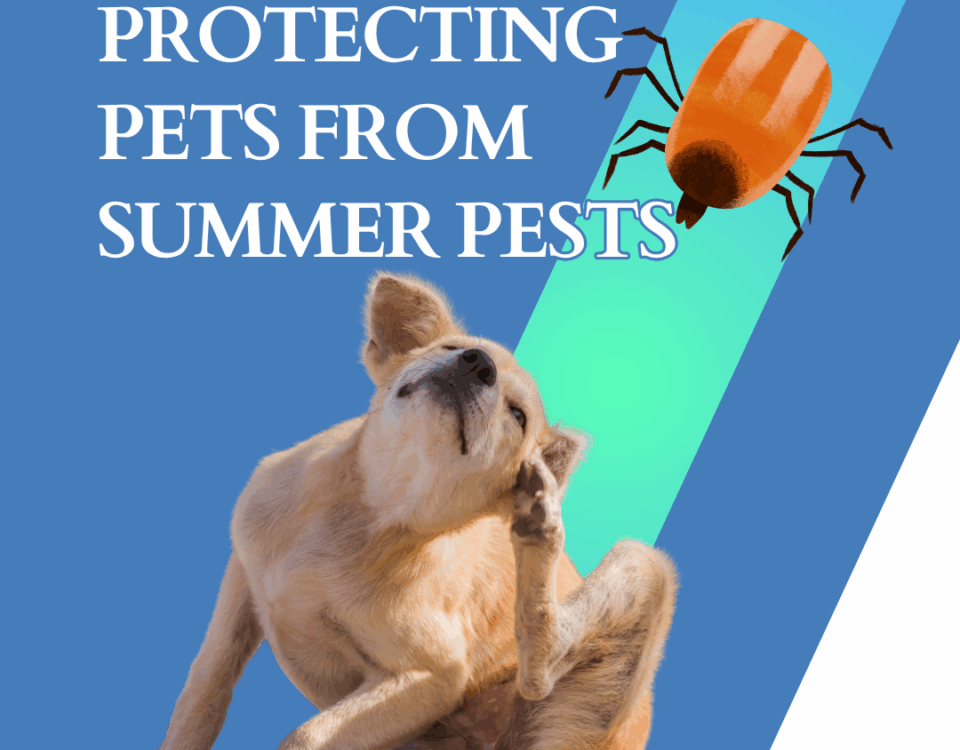The Release Command
April 29, 2013Mastering the Pet Walk
May 7, 2013Myth #1: Table scraps are good for dogs
The reality: With the dog treat recall and past dog food scandals, such as the melamine-tainted food that killed thousands of pets in 2007, it might seem that people food could be a better choice for your animal companions. But Dr. Rubin warns against going there, because our animals’ health improves when they receive a consistent source of fat, protein, and carbohydrates—and that’s not how human diets generally work. He recommends a high-quality natural food, such as the Wellness and Holistic Selectbrands. Other good options include Organix, a high-quality pet-food line that’s certified organic; Annameat is also a high-quality, made-in-the-USA dog food that doesn’t source ingredients from China. Be sure to feed your dog appropriate portions of a high-quality food twice a day, as opposed to letting food sit out in a bowl all day.
And forget about doling out excess treats—the majority of America’s pets are already obese. “Show love with petting and attention rather than feeding them,” says Dr. Rubin. Healthy dog treats include baby carrots, cauliflower, cut-up apple pieces, lettuce, pear pieces, and even watermelon (just don’t give them the seeds, and avoid produce that has a stringy texture—it could cause digestive distress and get stuck in their teeth). Also, never feed dogs grapes or raisins because they often cause canine renal failure. Avocado pits are also extremely toxic to dogs.
Myth #2: Cats need milk
The reality: While many of us can conjure up a cute image of a cat lapping a bowl of milk, resist the temptation to offer this in real life. Cats and dogs don’t have the ability to appropriately break down the lactose in dairy, and consuming it can lead to diarrhea, vomiting, and other issues. To make sure your cat is hydrated properly, invest in a cat water fountain; the animals are naturally drawn to moving water. (That’s why they’re often found lapping up water beneath a leaky faucet.)
Myth #3: A warm nose means your dog is sick
The reality: If you want to figure out if your dog’s ill, look for signs of lethargy, loss of appetite, coughing, vomiting, diarrhea, and other signs of distress. If a dog’s nose is cool, he or she may have just had a drink of water. If the nose is warm, the dog may have been out in the sun. To check for fever, feel the dog’s head with your hand—although, remember, normal canine temperature is 101 to 101.5°F, so a dog will feel slightly warm to a human even when there is no fever present.
Myth #4: Cats always land on their feet
The reality: We wish this were true, but Dr. Rubin says he’s seen too many instances of high-rise syndrome, in which cats hanging out by windows accidentally fall out when a passing bug or bird steals their attention. Install a window bay or a cat condo, and keep the window closed. And keep your cat healthily occupied in other ways, too. Dr. Rubin suggests a daily exercise routine in which the cat chases a toy on a string or a laser light on the wall. During the day, you can put a few pieces of cat food in a feed-and-treat ball and hide it, which will stimulate your cat’s natural hunting instincts and keep it active.
Myth #5: It’s OK to kiss your dog
The reality: “A dog’s general mouth bacteria may be OK for us, but where the dog’s tongue has been…it’s not a clean environment,” says Dr. Rubin. (Think butt licking, poop-sniffing encounters in the dog park, and such.) In fact, you can actually come down with salmonella poisoning after receiving a dog lick to the face!
While this may not deter everyone from face time with their loyal four-legged companions, people with weak immune systems, such as people living with HIV or undergoing chemotherapy, should refrain from getting schlecked on the face.
While dogs are inherently prone to licking gross things, there are some things you can do as a pet owner to keep your pet’s mouth as clean and free of dental disease as possible. The gold standard is brushing your dog’s teeth. (NEVER use human toothpaste, though; it could contain xylitol, a substance that causes a precipitous drop in blood sugar, leading to hypoglycemia and possibly death in dogs. Always use toothpaste designed for your pet.)
Some dogs, such as golden retrievers and Labs, can benefit from rope bones. As they cart the rope with knotted ends around like a bone in their mouth, it can actually mechanically clean their teeth to a certain extent. The right-size ridged Kong toy can do the same.
Myth #6: Everyone can afford a pet
The reality: While in a perfect world everyone would be able to own a pet, the reality is it costs hundreds—if not thousands—of dollars a year just to properly feed your pet and make sure it’s getting proper preventive care from a veterinarian. “If you can’t afford food for yourself, it’s not the right time to get a pet,” Dr. Rubin says. If you’d like to spend time with animals but don’t have the funds, consider fostering through a local animal rescue group or volunteering at an animal shelter.
Myth #7: Flea collars are effective
The reality: “We know that they don’t work—the research on flea collars has shown that the effectiveness is only where the collar touches,” explains Dr. Rubin. “You’ll find fewer and fewer on the market. I’ve seen dogs with flea collars in the past and fleas are running all over the rump of the animal. Dr. Rubin recommends veterinary hospital-sold products like Frontline to prevent fleas and ticks. Just be sure to never mix up cat and dog products—products designed for dogs can be deadly if applied to cats.
Myth #8: My pet stays indoors, so it doesn’t need to go to the vet
The reality: Certain vaccines can literally save your pet’s life, even if the dog or cat lives inside. For instance, dogs and cats can pick up communicable disease like distemper, leptospirosis, and upper-respiratory infections, things that can be passed when they become airborne or even are dragged into the house on shoes.
Myth #9: Dogs eat grass because they like the way it tastes
The reality: True, there are some breeds that like to graze from time to time, including Labradors, German shepherds, and golden retrievers. But as a general rule of thumb, eating grass means your pup is dealing with mild gastritis or esophageal reflux disease. “It would be like you and I popping a Tums,” says Rubin. If your dog is chowing down on grass regularly, signs point to the need for a visit to the vet and possibly, a change in diet.
From www.prevention.com



